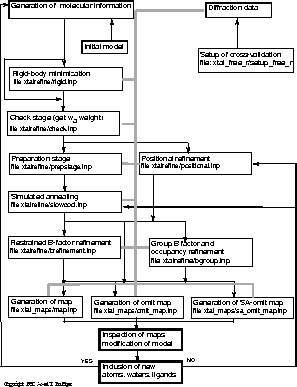
Figure 13.1: Overview of crystallographic refinement.
The following examples show how to carry out various types of crystallographic refinement. They include positional refinement as well as several types of B-factor and occupancy refinements.
For general review of refinement techniques, the reader is referred to Stout and Jensen (1989) and Hendrickson (1985). For more information about simulated annealing refinement, the following articles are suggested: Brünger (1988), Brünger (1991a), Brünger (1991b), Brünger, Karplus, and Petsko (1989), Brünger, Krukowski, and Erickson (1990), Brünger, Kuriyan, and Karplus (1987), and Weis et al. (1990).
Figure 13.1 provides an overview of the crystallographic refinement features in X-PLOR. The boxes enclosed in black lines indicate external input (diffraction data, initial atomic model) or manipulations using ``FRODO," ``O," or other crystallographic modeling packages.

Figure 13.1: Overview of crystallographic refinement.
To generate the molecular structure, see Section 3.7. The following parameter and topology files are particularly useful for crystallographic refinement of proteins: ``tophcsdx.pro" and ``parhcsdx.pro" (Section 3.6). If after inspection of the model and electron density maps new atoms have to be added to the model, the molecular structure has to be appended or recreated.